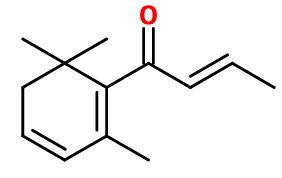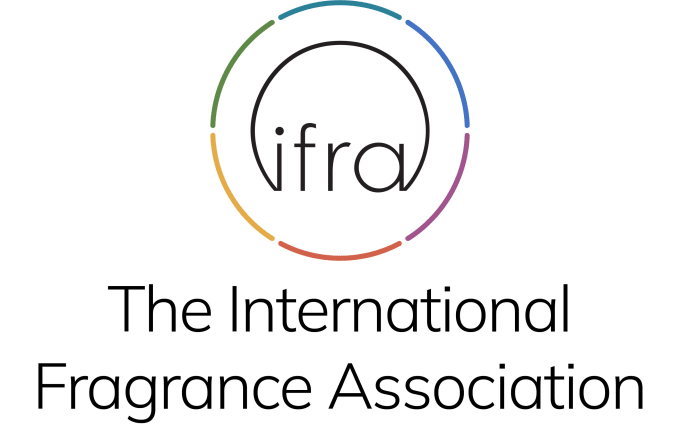
Photo credits: ScenTree SAS
Do you sell any of the raw materials? Would you like to let our users know?
Send an email to fournisseurs@scentree.coto learn about our advertising opportunities.
Do you sell any of the raw materials? Would you like to let our users know?
Send an email to fournisseurs@scentree.coto learn about our advertising opportunities.
General Presentation
-
CAS N° : 23696-85-7
-
EINECS number : 245-833-2
-
FEMA number : 3420
-
FLAVIS number : 07.108
-
JECFA number : 387
-
Appearance : Colorless to pale yellow liquid
-
Density : 0,946 - 0,952 @20°C
-
Volatility : Heart/Base
-
Price Range : €€€€
Physico-chemical properties
-
Molecular formula : C13H18O
-
Molecular Weight : 190,29 g/mol
-
Log P : 3,33
-
Fusion Point : Donnée indisponible.
-
Boiling Point :
-
Detection Threshold : Donnée indisponible.
-
Optical rotation : Donnée indisponible
-
Vapor pressure : Donnée indisponible
-
Refractive Index @20°C : Donnée indisponible
-
Acid Value : Donnée indisponible.
-
Flash Point : >100°C (>212°F)
Uses
Uses in perfumery :
Damascenone is used, like most rose ketones, to bring a delicate rose undertone. In a floral composition, this ingredient will bring naturality and volume. It also allows to work on the maturity grade of the fruit by bringing a candied and cooked apple facet. Finally, it is very important to highlight that IFRA guidelines strongly regulate the use of rose ketones. Therefore, their use is very limited and will probably reach zero in the coming years.
Year of discovery :
First rose ketones were discovered in 1965, by chemists P. Ruzicka and Dr. Demole, by analyzing Damask Rose Absolute. This opened the way to synthesize a major molecule category of the perfume industry.
Natural availability :
Data not available.
Isomerism :
Damascenone is a mixture of two enantiomers. There is Damascenone-Beta® and Damascenone-Alpha®. Their smell are similar but the location of the double bonds in the ring is not the same (1,3 positions for Damascenone-Beta® and 2,4 positions for Damascenone-Alpha®).
Synthesis precursor :
Damascenone-Beta® is not a precursor to the synthesis of another compound of olfactory interest.
Synthesis route :
Damascenone is part of the ''rose ketones '' family, present in a small amount in Damask Rose Absolute, while playing an important role in their smell. Rose ketones are synthesized from the appropriate derivative of cyclogeranic acid (ester, halide, ...). A reaction of this derivative with an allyl magnesium halide followed by a pyrolysis, allows to obtain the desired compound by rearranging the double bond of the branched chain.
Regulations & IFRA
Allergens :
This ingredient is classified as an allergen under European Regulation 2023/1545, dated August 26, 2023.
Its presence must therefore be declared on product labels when it exceeds 0.001% in leave-on products and 0.01% in rinse-off products.
Oral care products may contain up to 0.02% of damascone before labelling becomes mandatory.
IFRA 51th :
This ingredient is restricted by the 51th amendment
- Quantitative limit on the use :
-
Cat.1 Cat.2 Cat.3 Cat.4 Cat.5A B C DCat.6 0,0077 % 0,0023 % 0,046 % 0,043 % 0,011 % 0,011 % 0,011 % 0,011 %0,025 % Cat.5A B C DCat.6 0,011 % 0,011 % 0,011 % 0,011 %0,025 % Cat.7A BCat.8 Cat.9 Cat.10A BCat.11A BCat.12 0,088 % 0,088 %0,0045 % 0,084 % 0,3 % 0,3 %0,17 % 0,17 %No Restriction Cat.10A BCat.11A BCat.12 0,3 % 0,3 %0,17 % 0,17 %No Restriction
-
Restricted ingredients: notes
The above limits apply to Rose Ketones used individually or in combination. The sum of concentrations of Rose ketones isomers should not exceed the maximum concentration levels established by this Standard.


